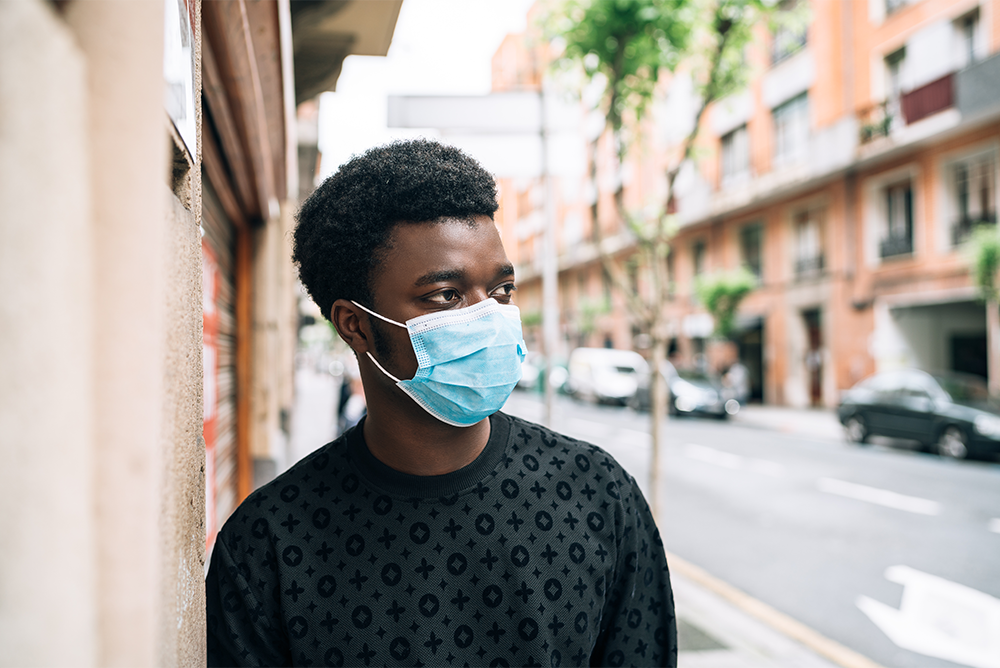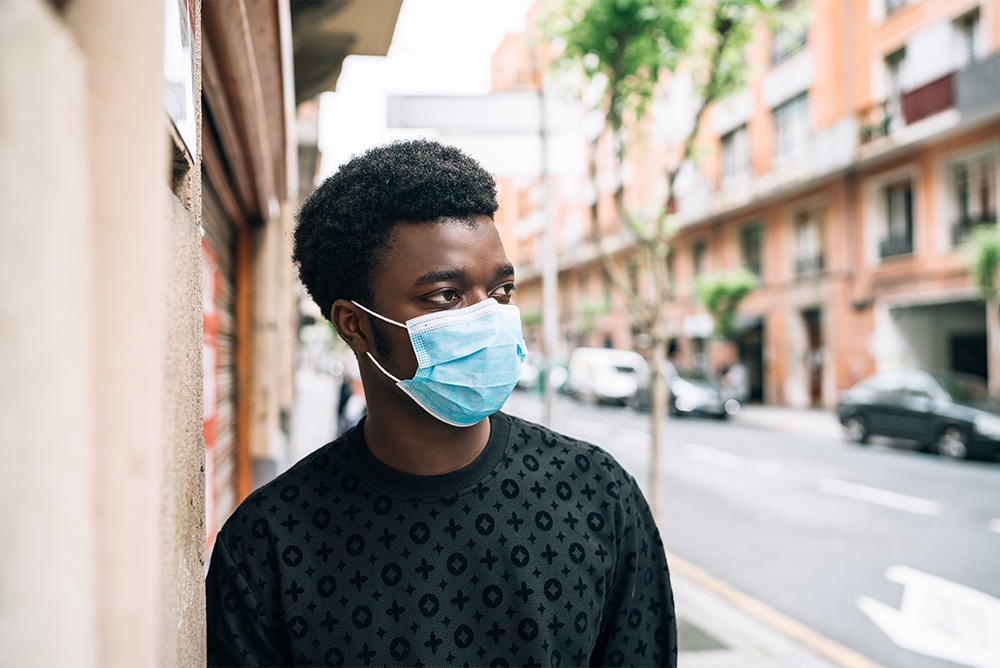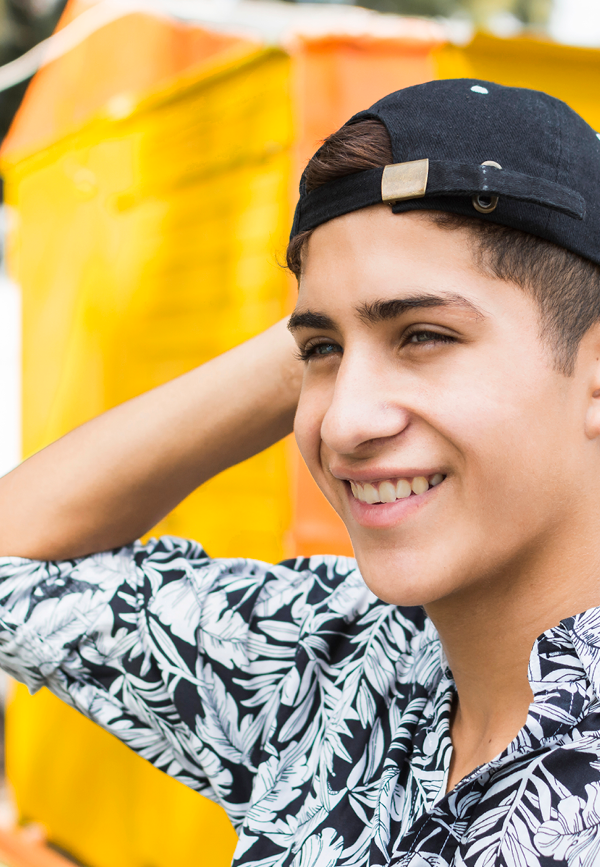Months ago, many could frame the expectation of life after COVID-19 as exciting and ultimately optimistic. For a lot of people, the reality is shaping up to be quite the opposite. Dr. Arthur Bregman, a Miami-based psychiatrist, refers to the reaction some people have as “cave syndrome.”
People who fall into this category do not find themselves excited about rejoining society. After spending more than a year engaged in isolation at home, being homebound has become the comfort zone for many. Staying away from people and social situations felt foreign at first. At some point, isolation morphed into feeling comfortable.
Dr. Bregman indicates that this problem will be widespread. “A lot of people are scared to death of going out,” he said. “Cave syndrome” may be more likely to affect patients who already deal with anxiety-related issues.
Initial Mental Health and Substance Use Related to the Pandemic Began Early On
As early into the pandemic as June 2020, people were already combatting mental health-related repercussions. The Centers for Disease Control and Prevention’s Morbidity and Mortality Weekly Report found some startling results. The CDC reported each of the following statistics as being tied directly to living in a world consumed by the coronavirus:
- 40% of U.S. adults reported dealing with mental health and substance use
- 31% experienced symptoms of anxiety or depression
- 26% reported trauma or a stressor-related disorder
Many Patients Have Developed Re-entry Agoraphobia
The fear of casting aside the pandemic rules and rejoining society has started presenting itself in many therapists’ offices. Symptoms are similar to that of agoraphobia. Agoraphobia is defined as an extreme or irrational fear of leaving one’s home or entering open or crowded places.
While those with agoraphobia often do not understand the source of their condition, many attribute this fear to an anxiety disorder. Re-entry agoraphobia stems from being forced to live under severe pandemic conditions for a lengthy amount of time.
Humans have a natural tendency to be sociable. They often live with others, including family, friends, or roommates. They engage in regular social activities. Leaving their homes for work, shopping, dining out, and spending time with others is natural. COVID-19 forced the world to ignore their social inclinations and live like cave dwellers.
For many, the “cave” became quite comfortable. They do not share the excitement with others about visiting their favorite restaurant or taking a trip. They have become accustomed to their pandemic lives, and fear of changing it has taken root.
Some Fear Revolves Around Virus Safety
Many people suffering from re-entry agoraphobia trace their anxiety to safety concerns. Society racked up over a year of being overwhelmed by deadly statistics and predictions of health hazards. Initially, wearing masks and socially distancing felt foreign. After a while, these changes became the new normal.
Many people can’t imagine not putting on a mask or being around others who aren’t wearing one. They cringe at the idea of standing close to others in public. Even the thought of hugging a relative or sharing close quarters with a close friend intimidates them. They feel too conditioned to fear this kind of contact to imagine letting it go.
For them, the world closed in a long time ago. Our once healthy, active lives now revolve around hand sanitizer and avoiding leaving the house. Some even entertain the idea that their lives will always be like this. What started as pandemic-related agoraphobia can turn into a longer-term challenge.
Treating Patients with a Fear of Returning to Their Old Lives
Patients who talk to their treatment providers may not fully understand why they developed the fears they now experience. Let them know they have a lot of company. Many people in their circle of friends and family may feel similarly but are afraid to talk about it. People have spent an excessive amount of time dreaming about getting back to normal. Now that society is on the precipice of normalcy, these people worry about why they feel fear and dread.
Remind your patients that they can take their time easing back into old ways of living. Help them set goals that begin with baby steps. They can start by taking a walk in their neighborhood. The next move might be sitting in an uncrowded area of a public park. Tell them to gradually step up their goals as they become more comfortable reintegrating.
Discuss the possibility of utilizing medication to help deal with anxiety. Remind your patients that many people use short-term prescriptions to help get them over a difficult transition. Introduce the idea of treatments on the holistic side, such as meditation, aromatherapy, and massage therapy. Feeling they have an arsenal of ways to combat re-entry agoraphobia can help your patients achieve their goals.
For more than a year, people became trained to wear masks, socially distance, and fear the coronavirus. Now that society is reopening, some find that this has become a habit they find challenging to overcome. Many treatment professionals are finding their patients have developed a form of re-entry agoraphobia. They are afraid to return to pre-pandemic life and need help addressing this fear. Sustain Recovery has a world-class treatment program for adolescents and young adults struggling with substance use disorder and mental health issues. We have adapted our treatment to include anxiety related to COVID-19. We understand how to help young people embrace recovery, manage their mental health, and deal with pandemic-related fears. Our goal is to send them home prepared to re-enter society both in terms of sobriety and a world returning to its old ways. Call us now at (949) 407-9052 to discuss how we can help your clients build a healthy future.







